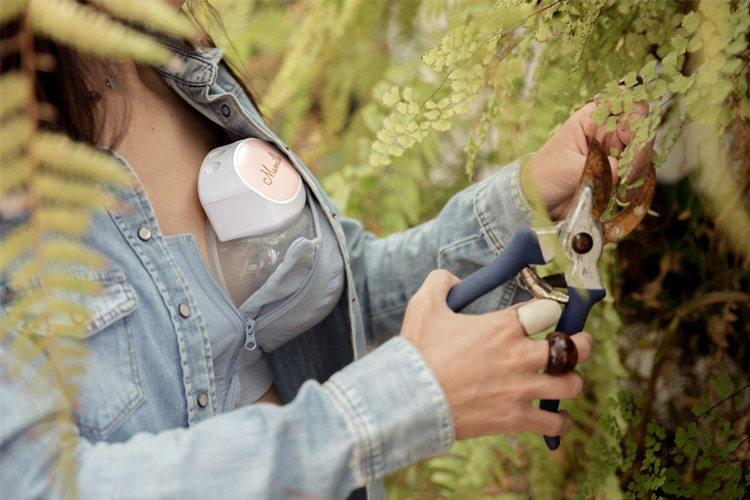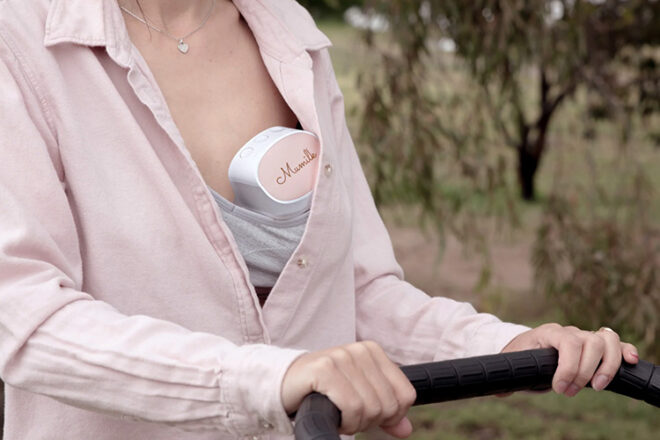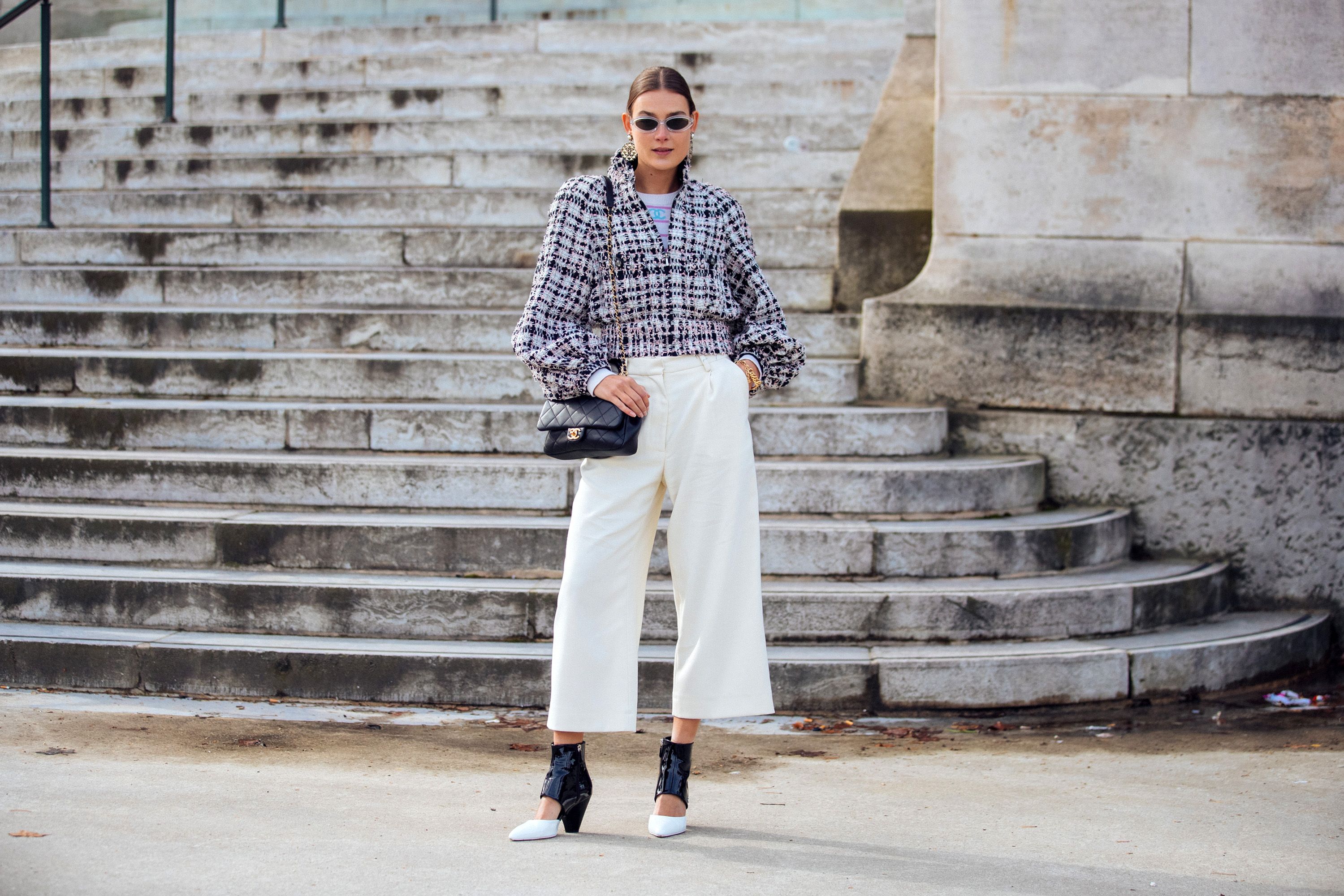For millenniums, breastfeeding has been the only way to provide newborns with the nutrients and antibodies they need to grow and develop. In Australia, the culture of breastfeeding has evolved over the years, with increasing support and advocacy for mothers who choose to breastfeed. With the advent of wearable breast pumps in Australia, the game is changing again.
Table of Contents
Breastfeeding in Australia: A Brief History
Breastfeeding has a long history in Australia, with indigenous cultures using wet-nursing and natural feeding practices. However, during the colonial era, formula feeding became popular among the upper class, with breast milk viewed as unsanitary and uncivilized.
It wasn’t until the 1970s that breastfeeding began to experience a resurgence in Australia, with increased advocacy and education around the benefits of breast milk. The Australian Breastfeeding Association (ABA) was founded in 1964, and by the 1980s, the organization had grown to become a national network of volunteers supporting mothers who chose to breastfeed.
Since then, breastfeeding rates in Australia have continued to rise, with more than 88% of mothers initiating breastfeeding in 2020-21. However, despite this high initiation rate, many mothers face challenges that prevent them from continuing with the culture. These include issues with latching, low milk supply, and the need to return to work or school.
New Era – Wearable Breast Pumps
One of the biggest challenges facing breastfeeding mothers is the need to pump milk when they are away from their babies. This can be especially difficult for working mothers, who may need to pump multiple times daily to maintain their milk supply.
Traditional breast pumps can be cumbersome and inconvenient, requiring mothers to be tethered to a machine for about 30 minutes. This can make it challenging to work or move around while pumping. It can also be uncomfortable and embarrassing for some women.
Fortunately, the same can’t be said for wearable breast pumps. These devices are designed to be discreet and portable, allowing mothers to pump milk while going about their daily activities.
Wearable breast pumps come in two main types: those that fit inside a bra and those attached directly to the breast.

Bra-Fitting Wearable Breast Pumps
Bra-fitting wearable breast pumps are designed to fit snugly inside a nursing bra, with no external parts or tubes. They are typically rechargeable and can be controlled via a smartphone app, allowing mothers to adjust suction and speed settings.
One of their biggest benefits is their discretion. Because they are completely hidden inside a nursing bra, mothers can pump milk while working, running errands, or attending meetings without anyone knowing. This makes it easier for mothers to maintain their milk supply while still being productive.
Breast-Attached Wearable Breast Pumps
Breast-attached wearable breast pumps are designed to attach directly to the breast, with no external parts or tubes. Like the bra-fitting ones, they are rechargeable and accessible via a smartphone app.
They are conveniently directly attached to the breast, so there is no need to worry about external parts or tubing.
The Future of Breastfeeding in Australia
With the increasing technological advancements, we will likely see even more innovations in the breastfeeding world. Already, we are seeing the development of these smart breast pumps that track milk production and offer personalized support and advice to mothers.
Overall, the evolution of breastfeeding in Australia has been positive, with increasing support and advocacy for mothers who choose to breastfeed. With the help of wearable breast pumps and other innovative technologies, the culture will be more accessible and sustainable for everyone.



